How does Heino Falcke do it?
-
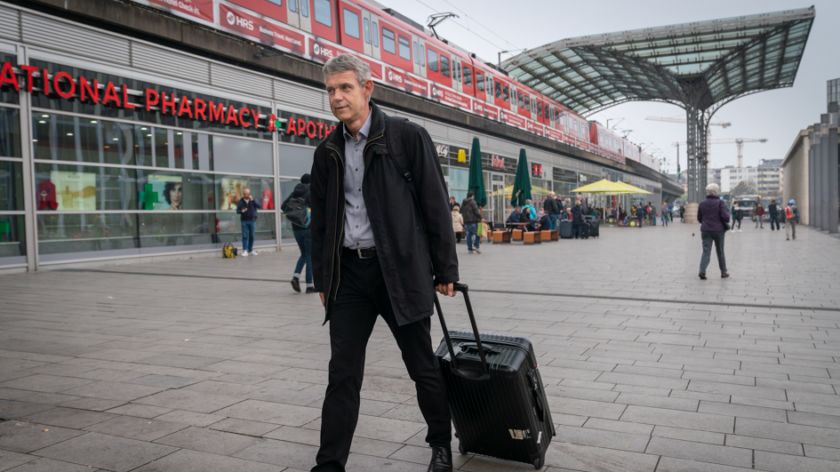 Heino Falcke on his way to the press conference in Brussels. Photo: Erik van 't Hullenaar
Heino Falcke on his way to the press conference in Brussels. Photo: Erik van 't Hullenaar
The first photograph of a black hole, a radio antenna on the other side of moon and the largest radio telescope in the world in Drenthe: astronomer Heino Falcke has done it all. But how? Three of his colleagues discuss Falcke.
Professor of Astronomy Paul Groot, one of Falcke’s earliest colleagues:
‘His unique approach is exemplified by how he learned Dutch. At the beginning we sent him to the ‘nuns’ in Vught for intensive Dutch language lessons. He was there for two weeks – and this is typical for him – and he did nothing else the whole time; he seemed to have disappeared from the face of the earth. After he came back, he said to us: ‘From now on we will only speak Dutch with each other.’ Which he did ever since.
‘He is a very driven person. Very focused’
He is a very driven person. Very focused. When we hired him in 2007, he immediately made a smashing impression. ‘Here is your 500-pound gorilla,’ said one of the members of the hiring committee. At that time, Heino was already working on the LOFAR telescope in Drenthe. Had had shown that you can measure cosmic particles with such radio telescopes – which went against prevailing opinion.
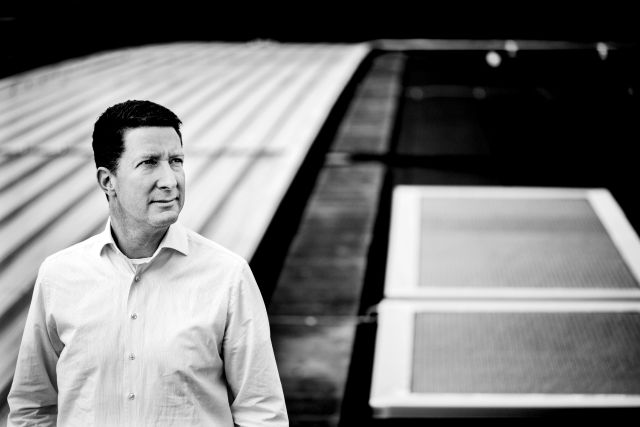
The technique that is now being used to visualize a black hole, where you connect radio telescopes from all over the world, is very complicated. And then you still have to get everyone on the same page worldwide. Heino has the power of persuasion to convince everyone that it is worthwhile having all those telescopes looking at the same point in the sky at the same time.
His strength is also his originality in areas that others may not immediately see as promising. His ideas are always just outside the mainstream. When Heino comes up with a proposal, the first reaction of fellow astronomers is therefore a sceptical one: ‘Is that even possible?’. But Heino just keeps going.
And, let’s be honest, he has delivered on his ideas. Using LOFAR, astronomers can now measure cosmic radiation. That radio antenna on the back side of the moon just seems to work. And now a photograph of a black hole? In the last 12 years, three very substantial projects of his have been successful.’
Christiaan Brinkerink, researcher in Falcke’s group:
‘With Heino, you don’t have the chance to exchange ideas for fifteen minutes every week. He is always super busy. As a researcher you therefore have to able to work independently. <laughs> Fortunately I know how to reach him in case of an emergency: via WhatsApp. If it’s really important, I’ll call him on his mobile phone. I don’t even think about sending an e-mail. It would just disappear in the flood of messages.
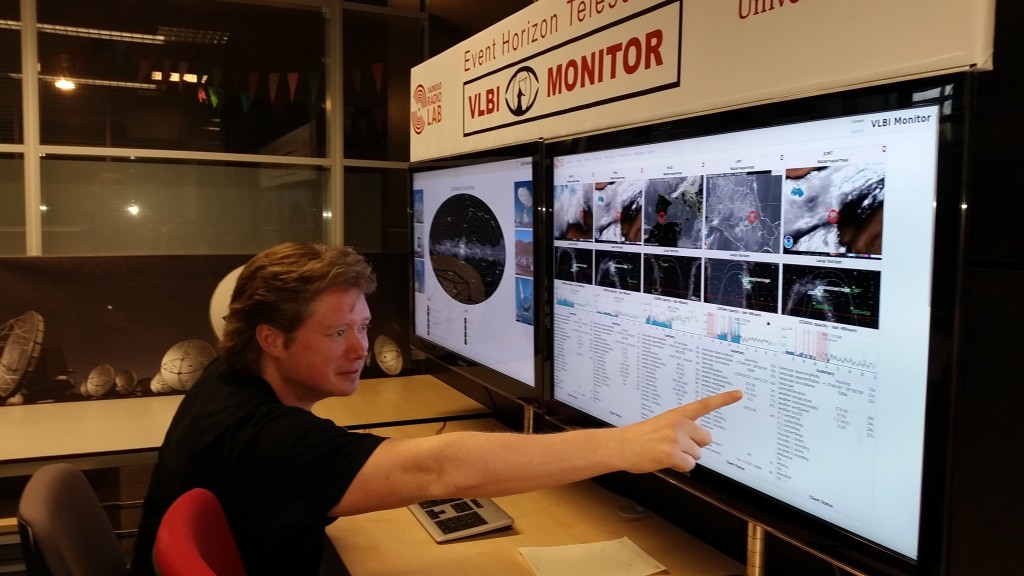
But he doesn’t cut corners. He never says: another paper for me to read, are you kidding? He reads everything that you submit very thoroughly, but he is pragmatic. He simply says: ‘Are there still open questions in your article? Publish it anyway. You can refer to the open questions in the discussion. Science is never finished.’ I had to get used to that approach.
His teaching style is similar to his supervision style. He often lets students give the lectures themselves. He makes groups of students responsible for preparing part of the lecture. If they have questions, they can contact me or the other researchers. This approach ensures that everyone understands the material. And it is another expression of his pragmatism. That way he can still do a lot of research while maximizing his teaching.
He is very ambitious. He really wants to influence astronomy, he wants to end up in the history books. But he also has a healthy sense of humour. He does not take himself too seriously, which makes him very approachable. And of course he also has a religious side. For him, astronomy is also about understanding God’s creation. When the researchers eat together, he is always quiet at first while he silently gives thanks. He is the only one.’
Professor Gijs Nelemans, head of the Astronomy department:
‘Heino is atypical for an astronomer. With him, all aspects of science are actually united in one person. Technically, substantively, he knows a lot about everything. The scientific and technical aspects of astronomy have traditionally been separated. Researchers usually have an idea and then try to reserve time at existing telescopes to make observations. That can be quite a struggle, because the telescopes have to be shared by researchers worldwide.
‘Heino is atypical for an astronome’
Instead of looking at what is available in terms of equipment, Heino thinks precisely about what he needs to answer his research questions. He is more concerned than other astronomers with the technology he thinks is necessary, and he knows who he has to contact for that. That’s how he gets things done. Think of his radio telescope on the back of the moon, which he managed to get there through a collaboration with China.
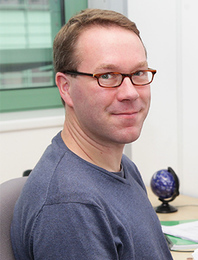
What I also find remarkable is that he is very concerned with the moral aspects of our work. He regularly brings this up for discussion during our weekly staff lunches. For example, what is the role of astronomy in society? Nowadays, science is increasingly about valorisation, about the usefulness of research. Heino sees the usefulness primarily in training students to become critical scientists and citizens. He does not shy away from those discussions.’

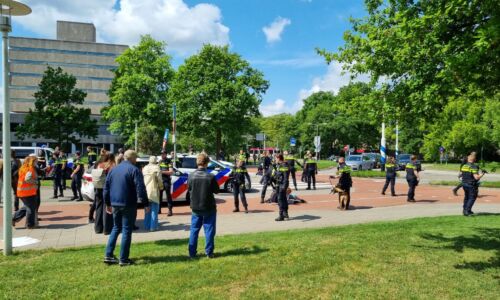
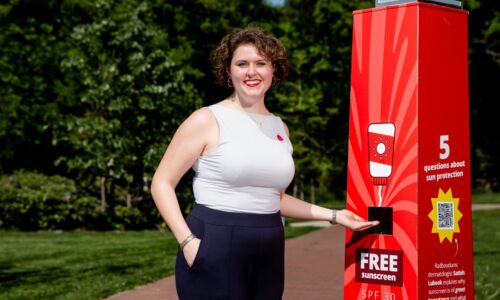

marcel,voorwinde schreef op 12 april 2019 om 22:16
Hallo,
mooi eindelijk een vooruitgang in deze tak van wetenschap.
de hele wereld heeft de compositie gezien, bevestiging van
wat al was uitgewerkt door de grote namen in dit veld.
wil graag het volgende delen met jullie
In 1996 is er een systeem uitgedacht hoe je beelden kunt overbrengen naar een
ander mens of dier.
om het het nog leuker te maken kan ook op grote groepen mensen worden ingezet
maar ook radio en televisie is te bereiken
In het woordenboek vind je dit onder de noemer ( boven natuurlijk).
na 23 jaar testen en door ontwikkelen is het nu klaar voor meten en wegen
gr
marcel,voorwinde schreef op 12 april 2019 om 22:21
Hallo,
mooi eindelijk een vooruitgang in deze tak van wetenschap.
de hele wereld heeft de compositie gezien, bevestiging van
wat al was uitgewerkt door de grote namen in dit veld.
wil graag het volgende delen met jullie
In 1996 is er een systeem uitgedacht hoe je beelden kunt overbrengen naar een
ander mens of dier.
om het het nog leuker te maken kan ook op grote groepen mensen worden ingezet
maar ook radio en televisie is te bereiken
In het woordenboek vind je dit onder de noemer ( boven natuurlijk).
na 23 jaar testen en door ontwikkelen is het nu klaar voor meten en wegen
gr m.voorwinde nijmegen